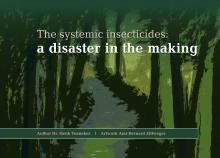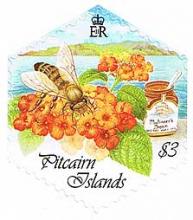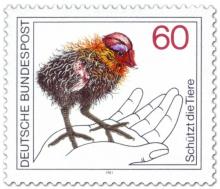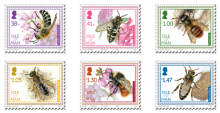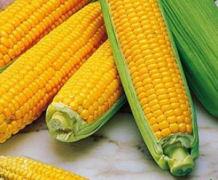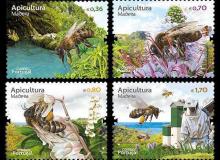
The Presidential Task Force Report on Bee and Pollinator Health has been widely condemned for failing to address the primary cause of bee-deaths in America: pesticides. Environmental NGOs have strongly criticised the Task Force Report including: PANNA, Beyond Pesticides, Center for Food Safety, Friends of the Earth, National Resources Defense Council and EcoWatch [please read articles in footnote 1]. The central criticism is that this report gives pesticides a free pass in relation to bee colony deaths.It is largely ‘Greenwash’ to cover up the issue of mass bee deaths and delay action; a nice piece of window dressing designed to give the illusion that ‘something is being done’, when in truth, nothing substantial is being done at all. In contrast to the reaction of the NGOs, there has been a deafening silence from the national beekeeping organisations; this suggests their complete submission to the corporations which set up and dominated the Task Force: Bayer, Syngenta and Monsanto. Independent scientists overwhelmingly blame just one factor for millions of bee colony deaths: the prophylactic use of neonicotinoid seed-dressings, (along with fungicides, herbicides and growth regulators), on over 200 million acres of American crops. There is no doubt that the primary objective of those who ran this Task Force, was to defend the market freedom and profitability of their pesticides at all costs. In order to justify this corporate greed, they rejected a mountain of scientific evidence (more than 800 peer-reviewed papers), which confirm neonicotinoids as the primary factor in global bee decline. They also dismissed the eye-witness accounts of some of America’s most eminent beekeepers, who ascribe the loss of thousands of their colonies, to the lethal cocktail of pesticides which saturates the farming landscape. Everything else on the Task Force Agenda was just ‘smoke and mirrors’, to divert attention from the pesticide companies’ real objectives, namely to: Absolve pesticides of all responsibility for global bee deaths; Protect neonicotinoids from any threat of regulatory interference; Preserve the market dominance of neonicotinoids and their 2.4 billion dollar annual profits.



